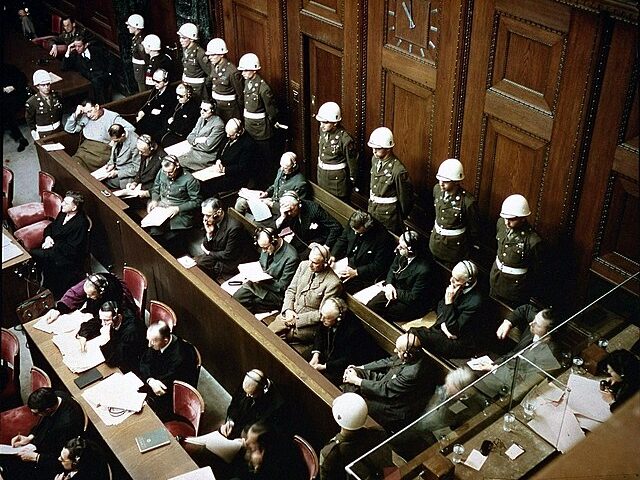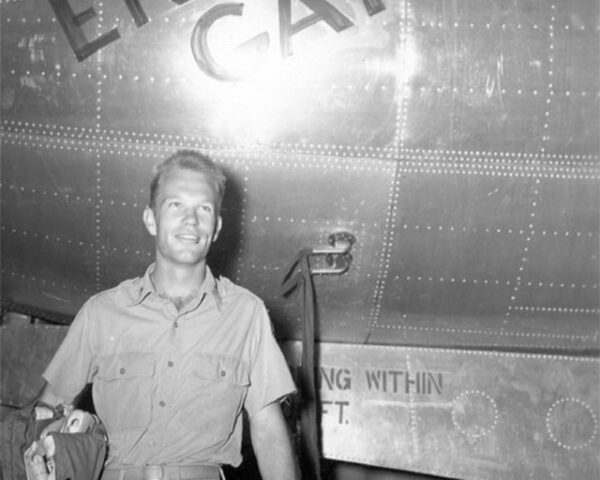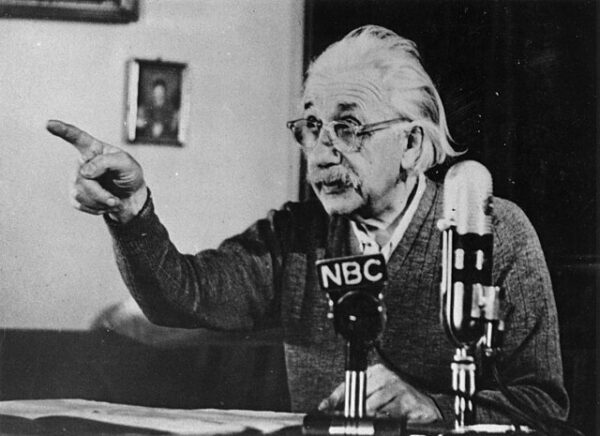The Hardest Day: A Defining Moment in the Battle of Britain
The Battle of Britain, a pivotal confrontation during World War II, reached its most intense and harrowing moment on August 18, 1940—a day that would later be known as “The Hardest Day.” This day stands as a testament to the resilience of the Royal Air Force (RAF) and the determination of the British people to resist the onslaught of the German Luftwaffe. The events of August 18th were a crucial turning point in the battle, shaping the course of the war and ultimately ensuring Britain’s survival against Nazi aggression.
Prelude to the Hardest Day
By the summer of 1940, Nazi Germany had swiftly conquered much of Western Europe. Hitler’s sights were set on Britain, the last major power standing in the way of complete domination. Operation Sea Lion, the codename for the planned invasion of Britain, required air superiority over the English Channel and southern England. To achieve this, the Luftwaffe embarked on a relentless campaign to destroy the RAF, targeting airfields, radar stations, and aircraft production facilities.
The RAF, though outnumbered, was determined to thwart the Luftwaffe’s ambitions. With the development of an effective radar network, known as Chain Home, and the strategic command of Air Chief Marshal Sir Hugh Dowding, Britain’s air defense was formidable. However, the pressure on the RAF was immense, and as August unfolded, both sides were gearing up for a decisive confrontation.
The Intensity of August 18, 1940
The morning of August 18th dawned with both the RAF and the Luftwaffe prepared for what would become the largest and most intense air battle of the entire campaign. The Luftwaffe launched multiple waves of attacks, involving nearly 1,000 aircraft, including bombers and fighters. Their primary targets were the RAF airfields in southern England, particularly Kenley, Biggin Hill, and Hornchurch, which were critical to Britain’s defense.
The first wave of attacks began around 11:00 AM, with the Luftwaffe focusing on the airfields and radar stations. The RAF scrambled its squadrons, sending Spitfires and Hurricanes into the sky to intercept the incoming enemy formations. The battle quickly escalated into a chaotic and brutal melee, with aircraft engaged in dogfights across the skies of southern England.
The Luftwaffe’s attacks were relentless, and the RAF pilots, many of whom were inexperienced, faced overwhelming odds. The intensity of the fighting was staggering, with both sides suffering heavy losses. The airfields at Kenley and Biggin Hill were severely damaged, with runways cratered and buildings destroyed. However, despite the devastation, the RAF’s ground crews worked tirelessly to keep the airfields operational, patching up runways and repairing damaged aircraft amid the ongoing attacks.
Toll on Both Sides
The Hardest Day saw some of the most significant losses for both the RAF and the Luftwaffe during the Battle of Britain. By the end of the day, the RAF had lost 68 aircraft, with 31 pilots killed or wounded. The Luftwaffe fared even worse, losing 69 aircraft and suffering 94 aircrew casualties. The losses on both sides were a stark reminder of the brutal nature of aerial warfare and the high stakes involved.
For the Luftwaffe, the day marked a significant setback. Despite inflicting considerable damage on the RAF’s infrastructure, they failed to achieve their primary objective of destroying Britain’s air defense capabilities. The RAF, though battered, remained operational and continued to pose a formidable threat to the German invasion plans.
Aftermath and Significance
The Hardest Day was a turning point in the Battle of Britain. While the Luftwaffe continued its assault on Britain in the weeks that followed, it became clear that they could not sustain the level of losses experienced on August 18th. The RAF’s resilience and the effectiveness of Britain’s air defense network ensured that the Luftwaffe would not gain the air superiority needed for Operation Sea Lion to proceed.





